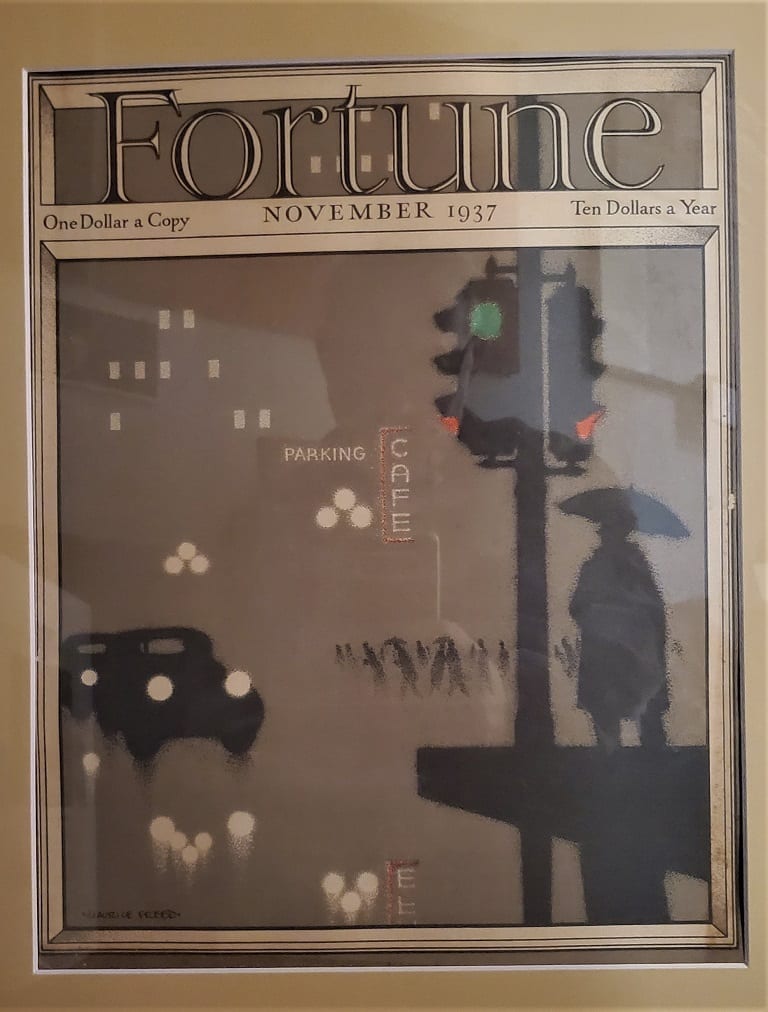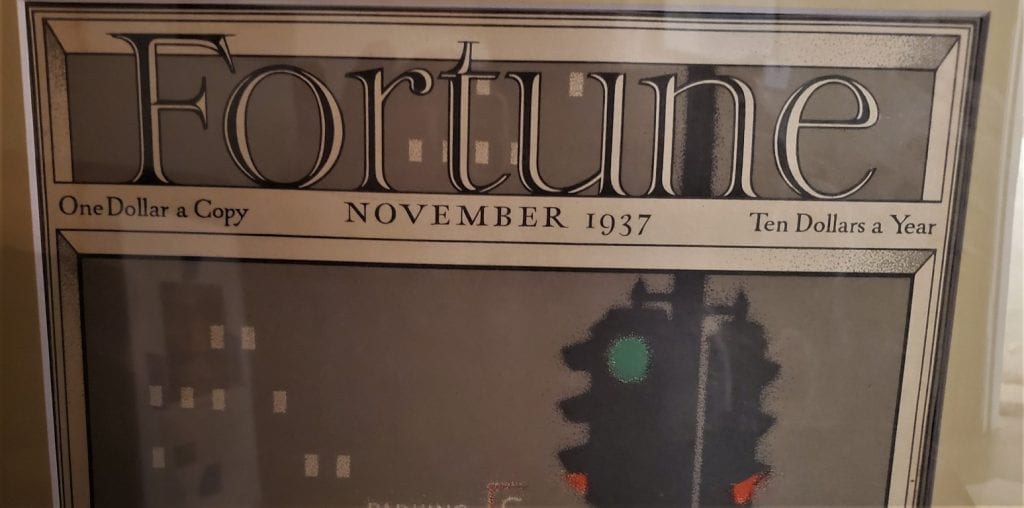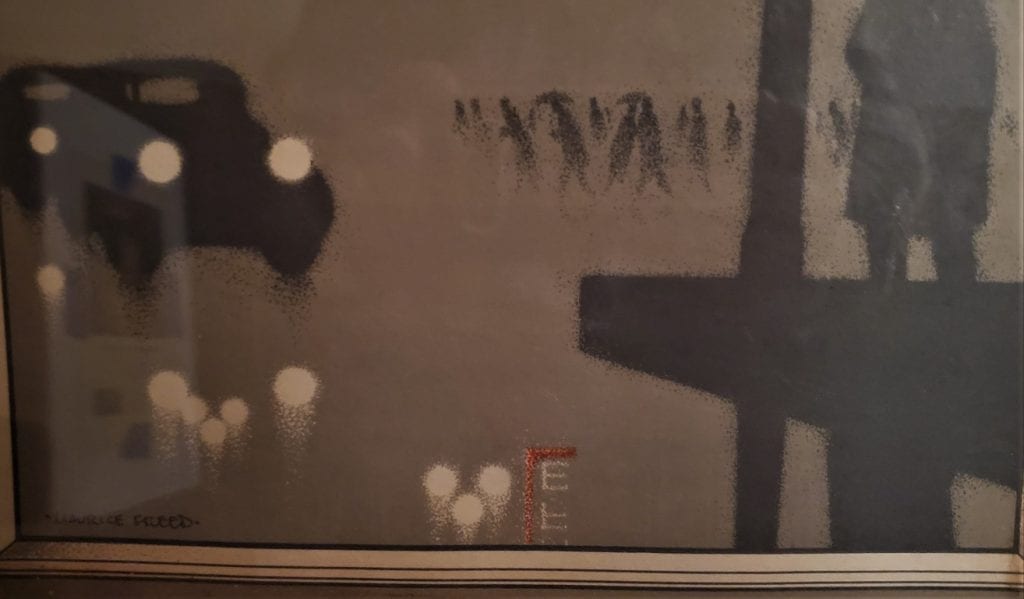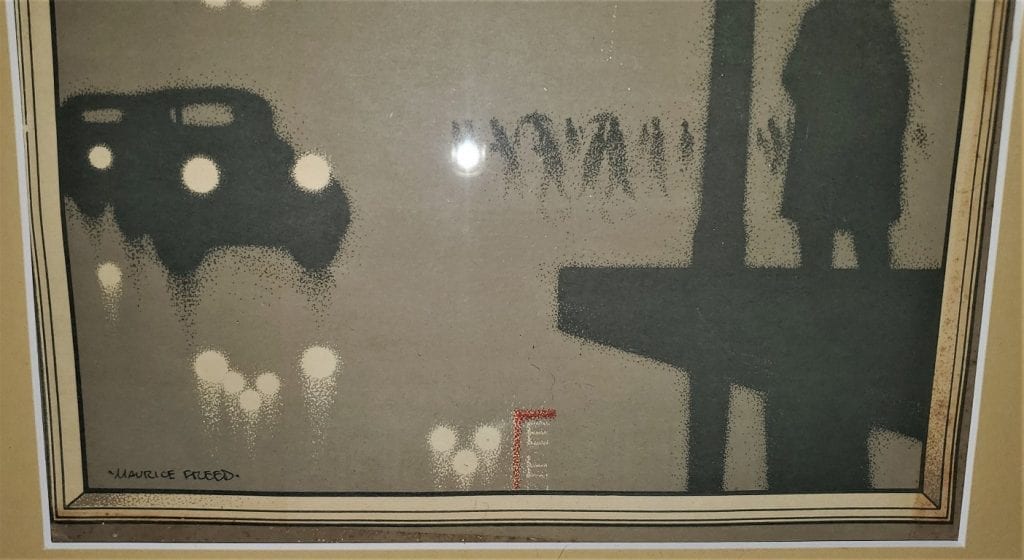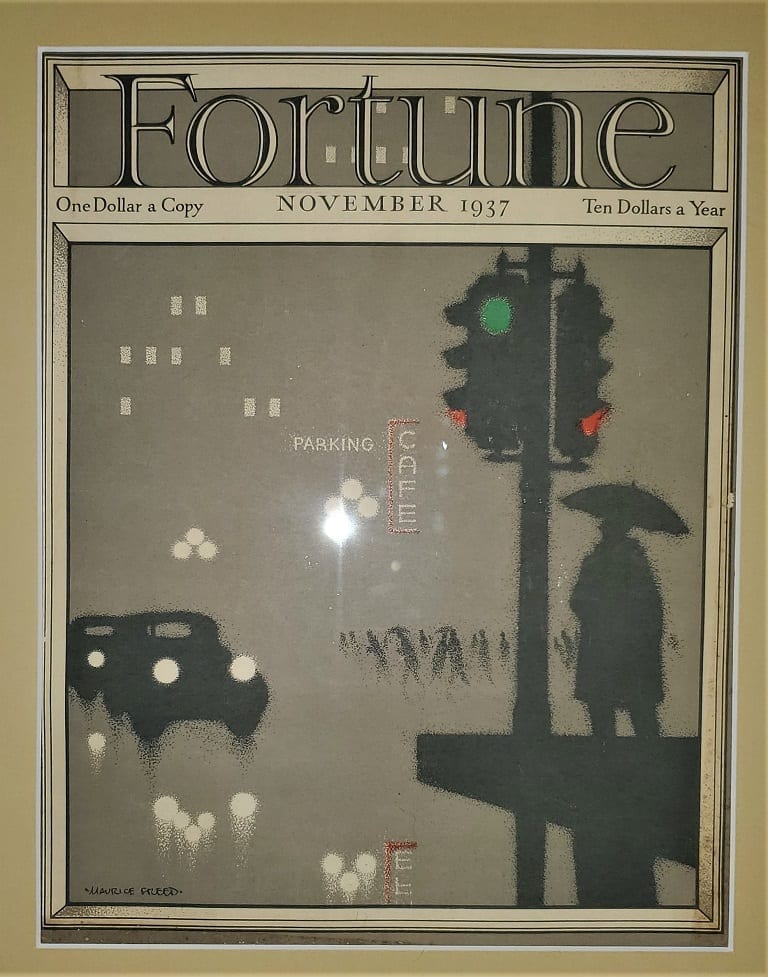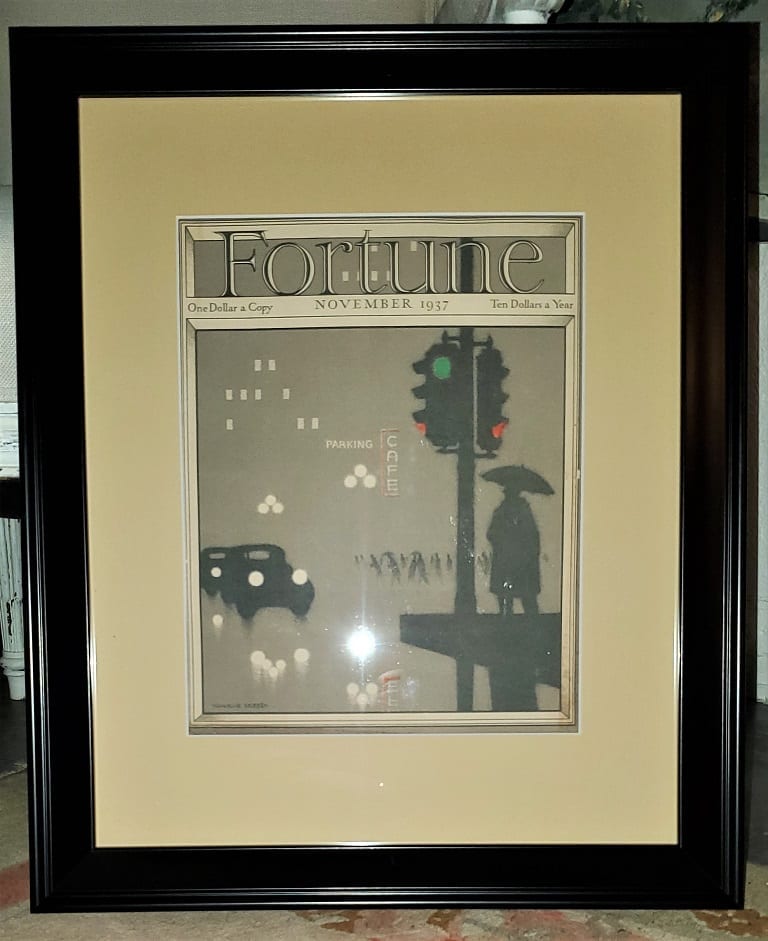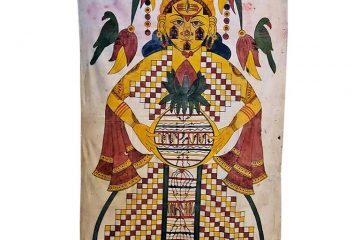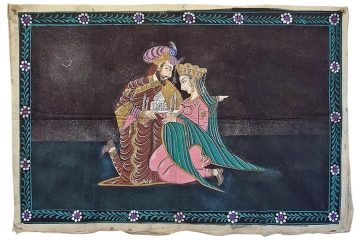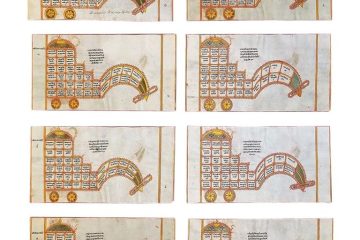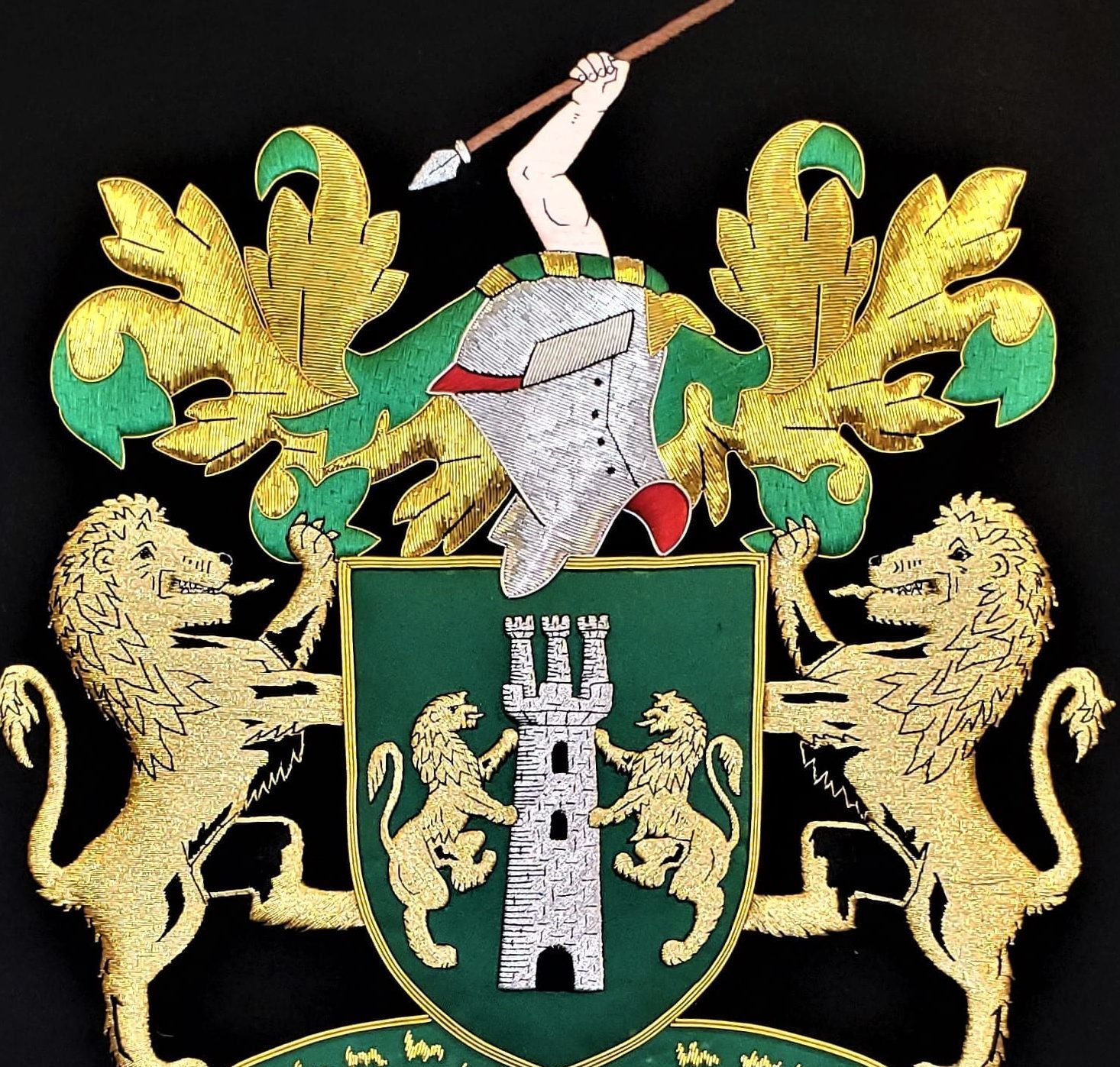PRESENTING a FABULOUS Original Art Deco Fortune Magazine Cover November 1937.
The cover of Fortune Magazine for November 1937, framed and matted.
This is an ORIGINAL COVER, not a re-print or copy. It is the cover of an actual 1937 Fortune Magazine and we can 100% certify it’s authenticity. We have attached a COA on the back of the frame.
The frame is modern. It is in a black poster frame with acid free cream beveled matting. Perspex front. The frame and matting are perfect for the style of the era.
The cover print is an Art Deco depiction of a cityscape, with traffic lights, cars and pedestrian(s) holding an umbrella in CLASSIC ART DECO STYLE !
The cover is in good condition as can be seen from the photos.
This is one of the more iconic covers of Fortune !
Pained by ‘Maurice Freed ’ as noted and signed on the bottom left side.
Maurice Freed (1911‑1981)
Maurice Freed, a native of Pottsville, PA and a graduate of the Philadelphia College of Art, lived and painted in Philadelphia during most of his life. At the age of nineteen, he won a scholarship to the Cape School of Art in Provincetown where he studied with Henry Hensche, Morris Davidson, and Albert Alcalay. At twenty‑one, he sketched on the beaches of Atlantic City, NJ. At twenty-two, he traveled to Paris to paint and then in 1934, at the age of twenty‑three, his talents were recognized when he was invited to Chicago to become Art Director of Esquire magazine.
Following his early professional success at Esquire and as a contributor to the New Yorker, Holiday, Stage, Saturday Evening Post, and Fortune magazines, and after fourteen years of operating a successful advertising art service, Freed turned to his real love, the fine arts. He returned to France to paint and from 1960 until his death in 1981, he devoted himself to his painting and to the world of art around him. In addition to the time spent working in his studio and exhibiting, he taught drawing and painting, served as president of the Philadelphia Chapter of Artists Equity Association, and from 1979‑1981 attended seminars at the Barnes Art Foundation.
Freed gained international recognition from his year‑long sojourn in France in 1960, being featured in a lead article in Information Artistique (Paris, 1961) and upon his return, in The American Artist (New York, 1962). Extensive travel throughout his life brought to Freed’s work an extraordinary diversity of subject matter and mood. In the 1930’s, he traveled and sketched in Mexico; in the 1950’s he was in Haiti. He journeyed and painted throughout Europe, first in 1933 and then at regular intervals from 1959‑1979. He spent considerable periods of time in France: first in 1933, from 1960‑1961, in 1967 and again in 1979. He painted while in Portugal in 1969, 1970, 1971, in Spain, in Israel in 1974, in England in 1979. Freed worked most exuberantly in the out of doors where the richness of changing landscapes and the customs and century‑old buildings of his surroundings could find their way onto his canvases. The European influence of the Old Masters, of the French Impressionists and the early Cubists clearly shows itself in his work.
Freed has been described in various ways. John Groth (of Esquire magazine) called him “the millionth oyster ‑‑ the one that has a pearl.” Groth went on to say: “If you’re a fiend for sources, chalk up Degas, Laurencin, and Bellows ‑‑ one part each. The other fourth is thank god mongrel: the portion of unassignable originality. At twenty‑two, that’s a large portion.” Henry Pitz in The American Artist, described his work as follows: “A native color sense has luxuriated in freedom; a command of pigmented textures keeps every surface alive. He has absorbed the wiser teachings of modernism and uses them knowingly. …the forms have a tantalizing freshness as they hover between the abstract and the concrete and nudge the mind to recall something half remembered.” Jack Bookbinder stated that Freed’s work “reflects a lifetime of search and experience. He is equally at home with poetic realism, vigorous semi‑abstraction and occasional excursions into experimental assemblages ‑‑ and always with a distinctive sense of color and design. Using a variety of approaches, his paintings may be witty, happy, solemn ‑ but never casual; they are sincere expressions of his multifaceted interests.”
The work of Maurice Freed is represented in private collections here and abroad. He exhibited widely in solo and group shows at such places as La Boutique d’Art in Nice, the Newman Contemporary Art Gallery, the Philadelphia Art Alliance, the Woodmere Art Museum, the Pennsylvania Academy of Fine Arts, the Chicago Art Institute and Butler Institute. He was the recipient of many awards and prizes, the last of which was presented in April 1981, from the Woodmere Art Museum (Philadelphia, PA) just four months before his death.
The Maurice Freed Memorial Prize (for oil and/or mixed media) was established in 1981 and is awarded annually at the Woodmere Art Museum Annual Juried Exhibition.
Link: http://www.mauricefreed.com/?page_id=6
Fortune was founded by The Atlantic Monthly Company co-founder Henry Luce in 1929 as “the Ideal Super-Class Magazine”, a “distinguished and de luxe” publication “vividly portraying, interpreting and recording the Industrial Civilization”. Briton Hadden, Luce’s business partner, was not enthusiastic about the idea – which Luce originally thought to title Power – but Luce went forward with it after Hadden’s sudden death on February 27, 1929.
In late October 1929, the Wall Street Crash of 1929 occurred, marking the onset of the Great Depression. In a memo to the Time Inc. board in November 1929, Luce wrote: “We will not be over-optimistic. We will recognize that this business slump may last as long as an entire year.” The publication made its official debut in February 1930. Its editor was Luce, managing editor Parker Lloyd-Smith, and art director Thomas Maitland Cleland. Single copies of the first issue cost US$1 ($15.3 in 2019). An urban legend says that Cleland mocked up the cover of the first issue with the $1 price because no one had yet decided how much to charge; the magazine was printed before anyone realized it, and when people saw it for sale, they thought that the magazine must really have worthwhile content. In fact, there were 30,000 subscribers who had already signed up to receive that initial 184-page issue. By 1937, the number of subscribers had grown to 460,000, and the magazine had turned half million dollars in annual profit.
At a time when business publications were little more than numbers and statistics printed in black and white, Fortune was an oversized 11″×14″, using creamy heavy paper, and art on a cover printed by a special process. Fortune was also noted for its photography, featuring the work of Margaret Bourke-White, Ansel Adams, and others. Walker Evans served as its photography editor from 1945 to 1965.
During the Great Depression, the magazine developed a reputation for its social conscience, for Walker Evans and Margaret Bourke-White‘s color photographs, and for a team of writers including James Agee, Archibald MacLeish, John Kenneth Galbraith, and Alfred Kazin, hired specifically for their writing abilities. The magazine became an important leg of Luce’s media empire; after the successful launch of Time in 1923 and Fortune in 1930, Luce went on to launch Life in 1936 and Sports Illustrated in 1954.
From its launch in 1930 to 1978, Fortune was published monthly. In January 1978, it began publishing biweekly. In October 2009, citing declining advertising revenue and circulation, Fortune began publishing every three weeks. As of 2018, Fortune is published 14 times a year.
Link: https://en.wikipedia.org/wiki/Fortune_(magazine)
Art Deco, sometimes referred to as Deco, is a style of visual arts, architecture and design that first appeared in France just before World War I. Art Deco influenced the design of buildings, furniture, jewelry, fashion, cars, movie theatres, trains, ocean liners, and everyday objects such as radios and vacuum cleaners. It took its name, short for Arts Décoratifs, from the Exposition internationale des arts décoratifs et industriels modernes (International Exhibition of Modern Decorative and Industrial Arts) held in Paris in 1925. It combined modern styles with fine craftsmanship and rich materials. During its heyday, Art Deco represented luxury, glamour, exuberance, and faith in social and technological progress.
Art Deco was a pastiche of many different styles, sometimes contradictory, united by a desire to be modern. From its outset, Art Deco was influenced by the bold geometric forms of Cubism and the Vienna Secession; the bright colors of Fauvism and of the Ballets Russes; the updated craftsmanship of the furniture of the eras of Louis Philippe I and Louis XVI; and the exotic styles of China and Japan, India, Persia, ancient Egypt and Maya art. It featured rare and expensive materials, such as ebony and ivory, and exquisite craftsmanship. The Chrysler Building and other skyscrapers of New York built during the 1920s and 1930s are monuments of the Art Deco style.
In the 1930s, during the Great Depression, Art Deco became more subdued. New materials arrived, including chrome plating, stainless steel, and plastic. A sleeker form of the style, called Streamline Moderne, appeared in the 1930s; it featured curving forms and smooth, polished surfaces. Art Deco is one of the first truly international styles, but its dominance ended with the beginning of World War II and the rise of the strictly functional and unadorned styles of modern architecture and the International Style of architecture that followed.
Link: https://en.wikipedia.org/wiki/Art_Deco
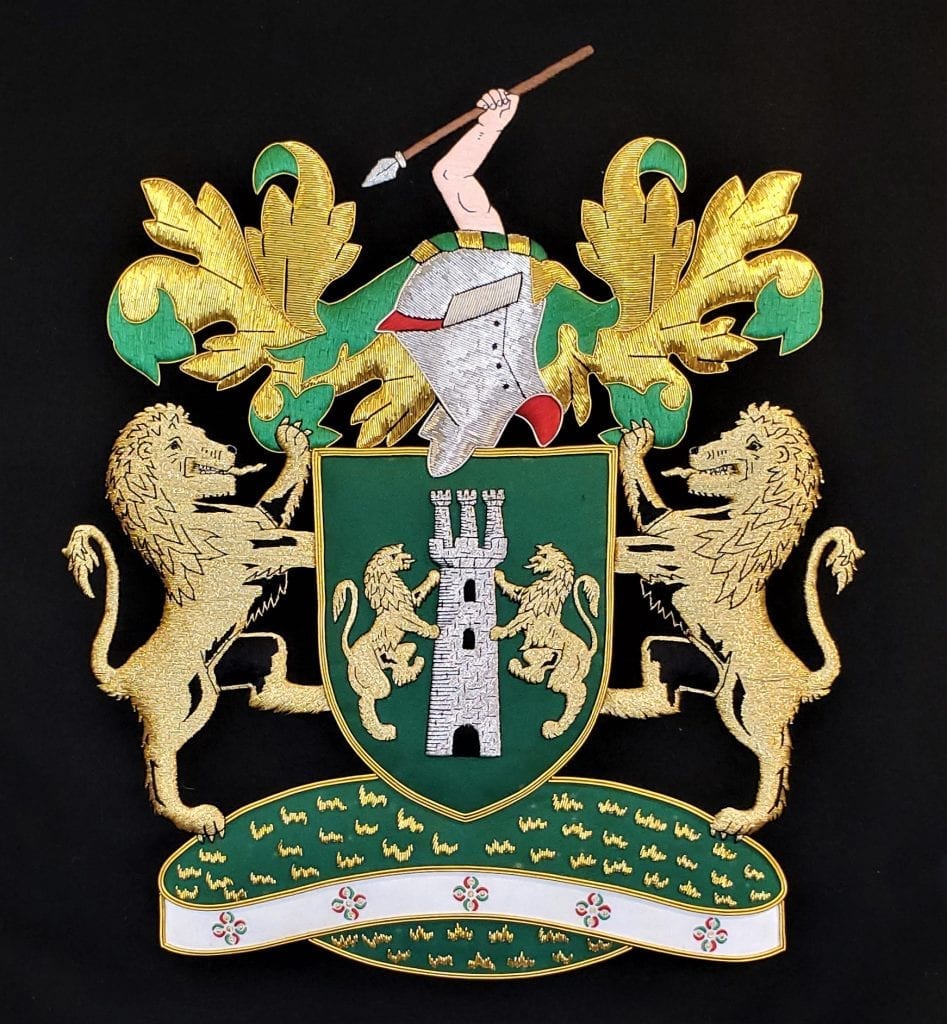

Art Deco Fortune Magazine Cover November 19387
Provenance: From a Wealthy Dallas Estate.
Condition: Very Good.
Dimensions: In Frame: 23.75″ Tall, 19.75″ Wide and 0.75″ Deep
SALE PRICE NOW: $355 – ON HOLD


